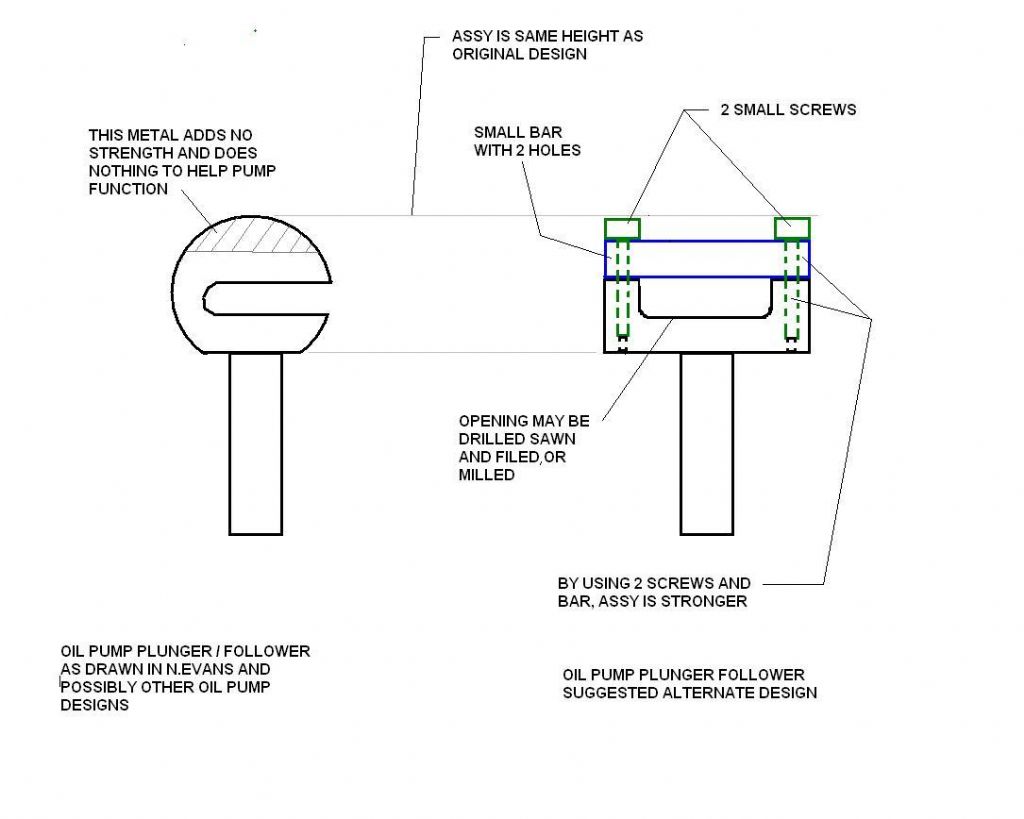Hi Andrew,
Not sure what brand of clutch you are using, but Koyo are one brand and have some handy engineering literature at the link below.
http://www.koyousa.com/brochures/pdfs/cat113ex.pdf
They do mention some h8 to h10 shaft tolerances for their clutches, which are pretty small tols. If you let me know the nominal shaft size you have I can tell you exactly what the h8- h10 limits would be for it. However, this may not be exactly applicable to your clutches unless they are Koyo.
In industry I have specified many of these clutches and they do work well if the shaft surface condition and size are exactly as per manufacturer's recommendation. Unfortunately in the live steam world the clutches are often sold like wood screws ie " here's one for 1/4 shaft and here's one for 5/16 shaft" with no shaft spec tolerance and finish data along with them, so people sometimes get in trouble. To make them work well you need to know the clutch manufacturer's recommended shaft sizes and finish. If you buy them from a proper industrial bearing or drives shop at least you will know the model and make and can look up the engineering literature online.
Does you clutch have any markings? you may need a magnifying glass to find them, but usually the clutches have a maker's mark on the side rim, and a part number. If you Google these, you may be able to find shaft spec data for your specific clutch online, and work to that.
JD
David Clark 13.





